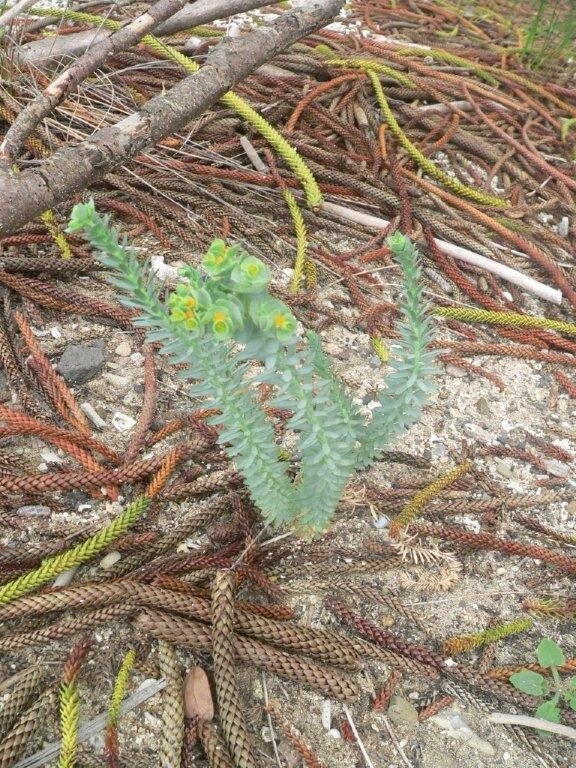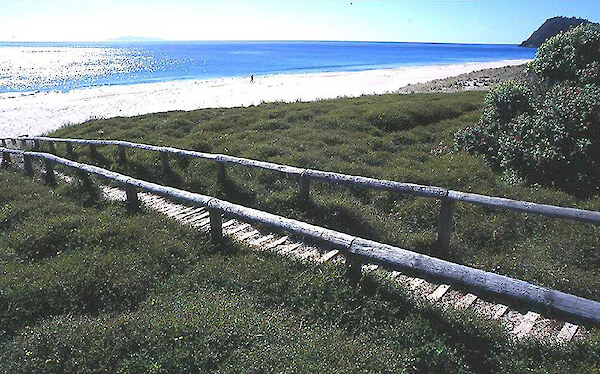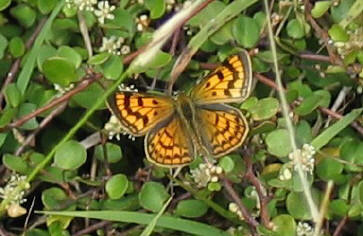Serious weed hits Waikato beach
 Sea spurge is a serious threat to dune ecosystems. Probably arriving on ocean currents - it must be eradicted before it establishes. Photo: R. SmithEcologists and Environment Waikato staff have confirmed presence of sea spurge, Euphorbia paralias, on a West Waikato beach. This weed is a serious threat to indigenous sand dune vegetation and unvegetated fauna habitat, such as the nesting site for NZ Dotterels.
Sea spurge is a serious threat to dune ecosystems. Probably arriving on ocean currents - it must be eradicted before it establishes. Photo: R. SmithEcologists and Environment Waikato staff have confirmed presence of sea spurge, Euphorbia paralias, on a West Waikato beach. This weed is a serious threat to indigenous sand dune vegetation and unvegetated fauna habitat, such as the nesting site for NZ Dotterels.
Two small infestations were found including around 65 flowering plants and over 100 seedlings. Sea spurge is native to western and southern Europe, but is widely naturalised in the coastal districts of southern Australia, and has also recently naturalised on Lord Howe Island. It is a long lived perennial plant 20-70 cm tall that dies back after flowering. The seeds are buoyant and can travel over long distances on ocean currents. The plant must be eradicated. If you see sea spurge, contact your Plant Pest Officer.
Posted: 23 May 2012 in the Flora & Fauna category


